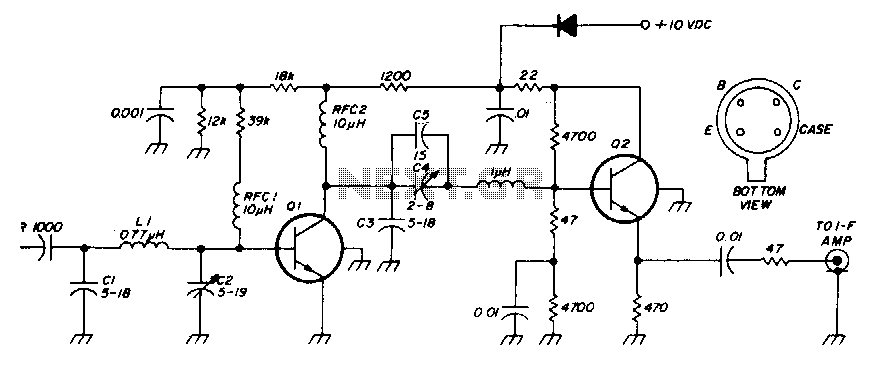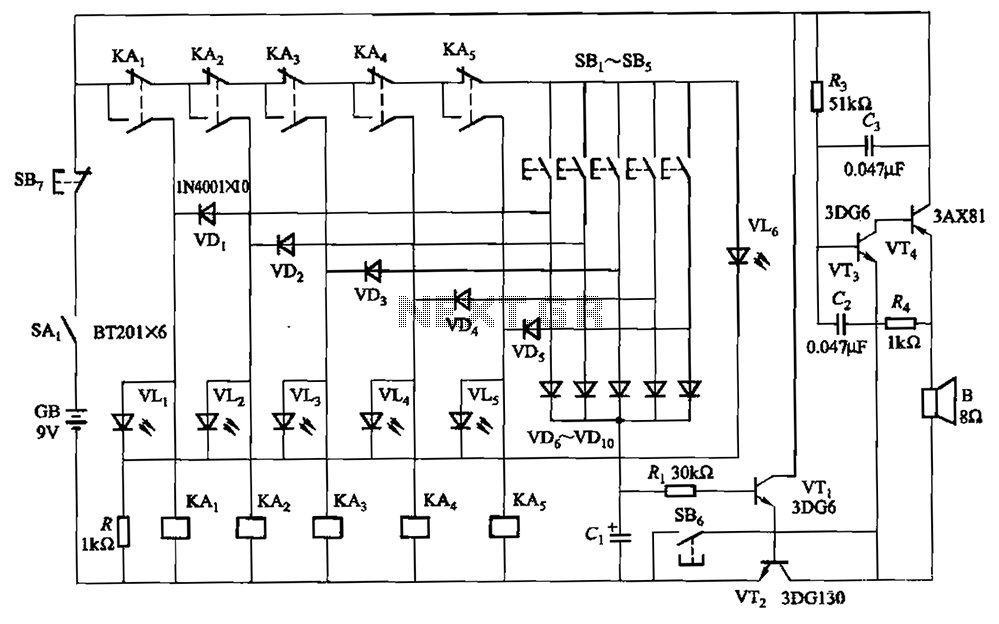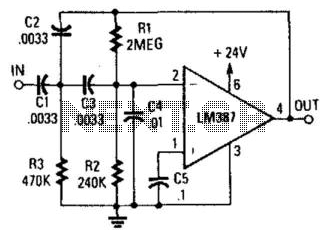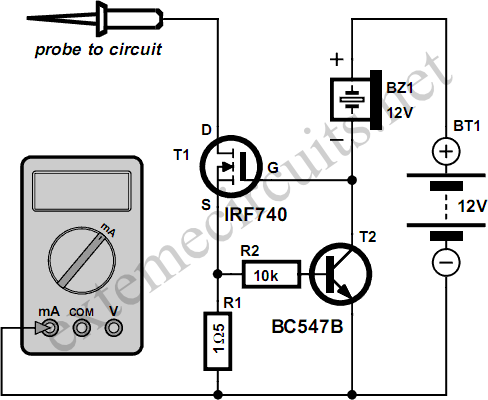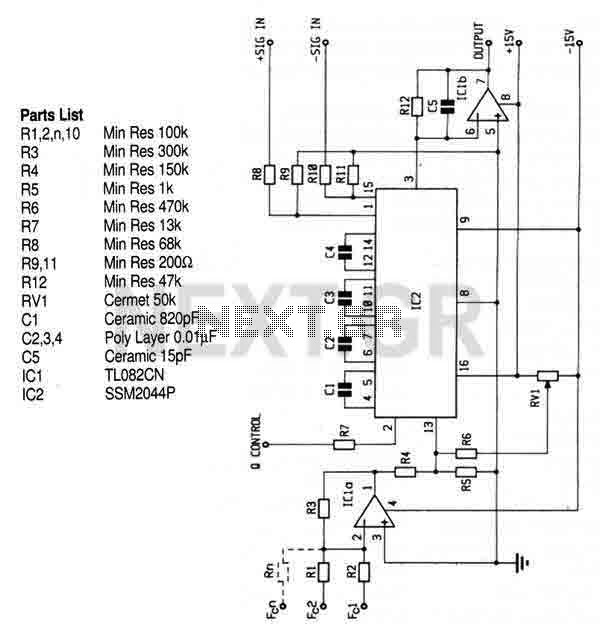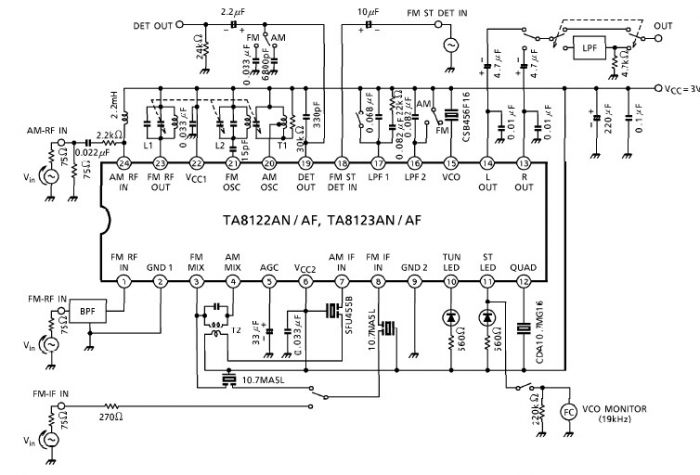
Electronic Fuse / Low Pass Filter
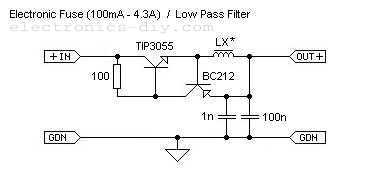
This is adjustable electronic fuse that can be used to protect power supplies from short circuits or can be also used to limit the current usage. It can be adjusted for currents from 100mA up to 4.3A.
An adjustable electronic fuse serves as a crucial protective device in electrical circuits, designed to prevent damage from overcurrent conditions, such as short circuits or excessive load currents. This particular fuse can be calibrated to operate within a current range of 100 mA to 4.3 A, allowing for flexibility in various applications.
The circuit typically consists of a sensing element, which monitors the current flowing through the load. When the current exceeds the preset limit, the fuse interrupts the circuit to protect the connected devices. The adjustment mechanism may involve a potentiometer or a digital control interface, enabling the user to set the desired current threshold easily.
Key components of the circuit may include a microcontroller or comparator for current sensing, a MOSFET or relay for switching, and additional passive components such as resistors and capacitors for stability and filtering. The design should also incorporate features such as an LED indicator to signal when the fuse has activated or reset.
In terms of layout, the circuit should ensure that the current path is robust enough to handle the maximum load without overheating. Proper heat dissipation techniques, such as heatsinks or thermal pads, may be employed to enhance reliability. Additionally, the fuse should be housed in a suitable enclosure to protect it from environmental factors while allowing for easy access to the adjustment mechanism.
Overall, this adjustable electronic fuse is an essential component for safeguarding power supplies in various electronic applications, ensuring both safety and operational efficiency.This is adjustable elctronic fuse that can be used to protect power supplies from short circuits or can be also used to limit the current usage. It can be adjusted for currents from 100mA up to 4.3A. 🔗 External reference
An adjustable electronic fuse serves as a crucial protective device in electrical circuits, designed to prevent damage from overcurrent conditions, such as short circuits or excessive load currents. This particular fuse can be calibrated to operate within a current range of 100 mA to 4.3 A, allowing for flexibility in various applications.
The circuit typically consists of a sensing element, which monitors the current flowing through the load. When the current exceeds the preset limit, the fuse interrupts the circuit to protect the connected devices. The adjustment mechanism may involve a potentiometer or a digital control interface, enabling the user to set the desired current threshold easily.
Key components of the circuit may include a microcontroller or comparator for current sensing, a MOSFET or relay for switching, and additional passive components such as resistors and capacitors for stability and filtering. The design should also incorporate features such as an LED indicator to signal when the fuse has activated or reset.
In terms of layout, the circuit should ensure that the current path is robust enough to handle the maximum load without overheating. Proper heat dissipation techniques, such as heatsinks or thermal pads, may be employed to enhance reliability. Additionally, the fuse should be housed in a suitable enclosure to protect it from environmental factors while allowing for easy access to the adjustment mechanism.
Overall, this adjustable electronic fuse is an essential component for safeguarding power supplies in various electronic applications, ensuring both safety and operational efficiency.This is adjustable elctronic fuse that can be used to protect power supplies from short circuits or can be also used to limit the current usage. It can be adjusted for currents from 100mA up to 4.3A. 🔗 External reference
Warning: include(partials/cookie-banner.php): Failed to open stream: Permission denied in /var/www/html/nextgr/view-circuit.php on line 713
Warning: include(): Failed opening 'partials/cookie-banner.php' for inclusion (include_path='.:/usr/share/php') in /var/www/html/nextgr/view-circuit.php on line 713
